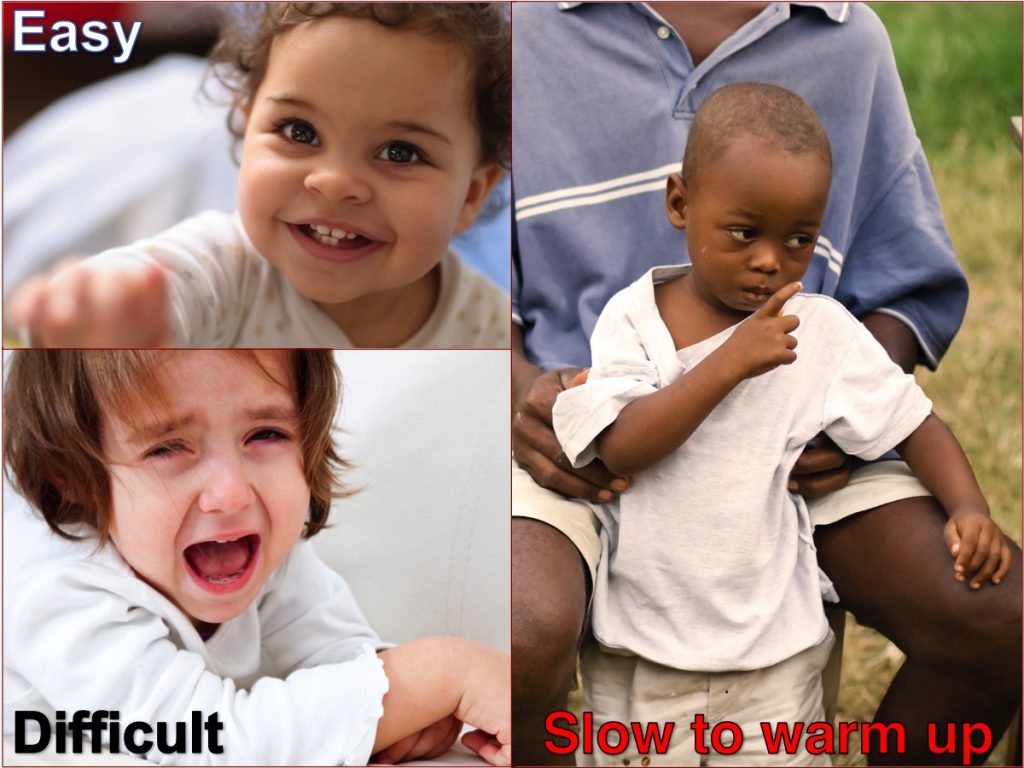
How we classify temperament has changed over decades of research. Pediatricians Alexander Thomas and Stella Chess were pioneers in the field. Beginning in the 1950s, they interviewed parents about their child’s behavior. They scored children’s behavior as low, medium, or high in 9 categories, like how active a child is or how adaptable he is to change. Those behaviors grouped together to form three temperament types: easy, difficult, or slow to warm up.
There were limitations to Thomas and Chess’s research. Only 65% of children fit into one of their temperament types. Current research is still rooted in Thomas and Chess’s work, but there are now new ideas about how to classify temperament.
One new temperament model came from Mary Rothbart and her colleagues. Their temperament model is based on over 30 years of research. Unlike Thomas and Chess, they didn’t label a child as a certain “type.” Instead, they proposed we should think of temperament behaviors on a continuum.
-
- Anterior cingulate cortex
- part of the brain that helps control emotional impulses
- Dimension
- more or less of a behavior
- Goodness of fit
- occurs when your expectations are compatible with a child’s temperament
- Negative reactivity
- a tendency to react in a negative manner
- Positive reactivity
- a tendency to react in a positive manner
- Prefrontal cortex
- the decision-making area of the brain
- Self-regulation
- a child’s ability to concentrate, to manage emotions, and to control impulses
- Temperament
- how a person approaches the world